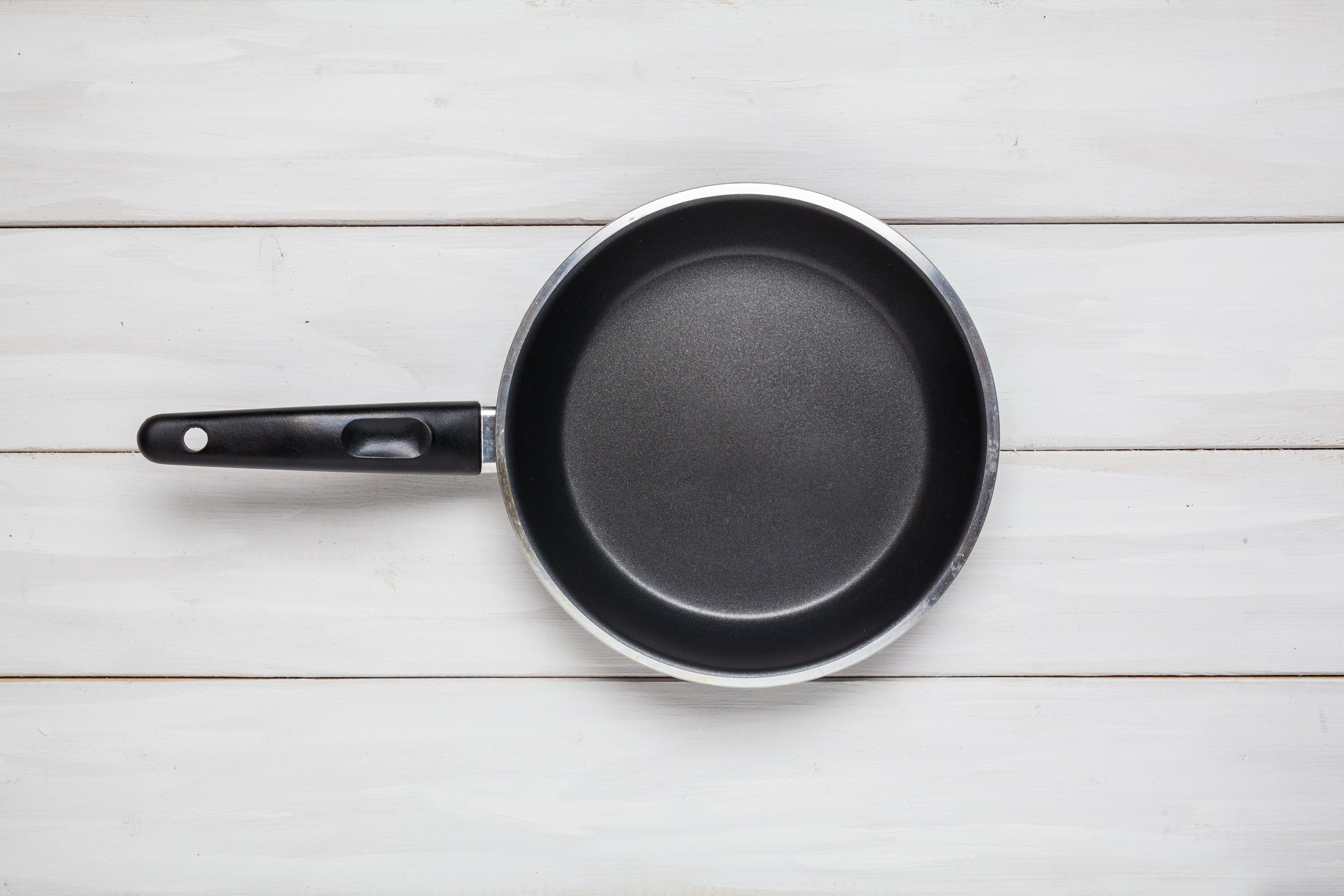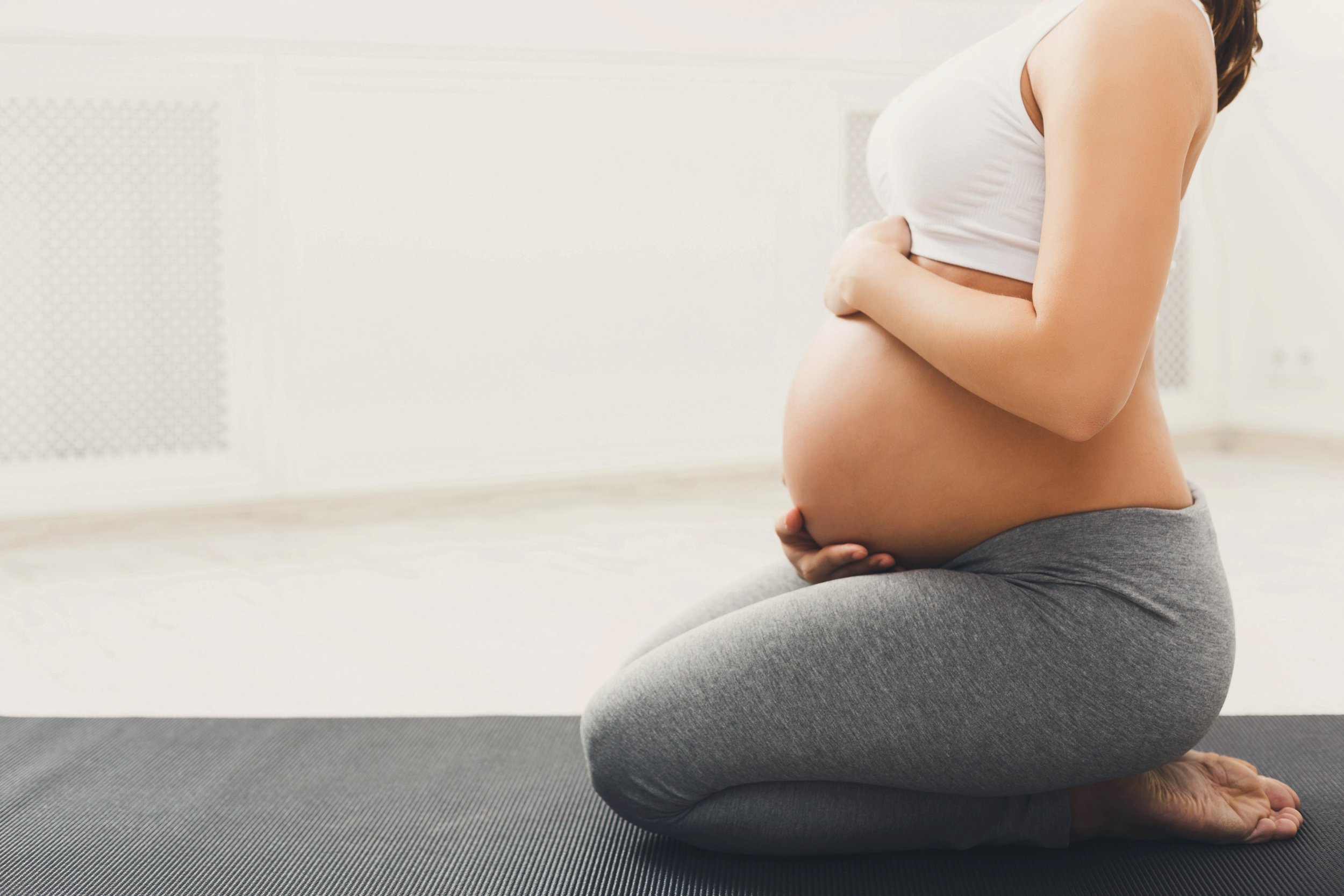My role (your doula) is NOT to replace your partner. Their role is critical in pregnancy, birth, and post-partum time. Birth can be confusing to partners. First, they are watching the person they love most in this world go through something that they can't "fix," and that alone can be a challenging place for them to be. They want to fix it, and they don't know how. More importantly, this is not something they can improve or need fixing. This is something that you both go through together. A doula can help you both.
Taking a childbirth education class should be on the list. The more you understand physiological birth, the better you will be. We fear what we don't understand, which helps us prepare and navigate the journey a little easier. Let's talk energy. The energy of the room is something that you have control over. One of the most important things that we can remember is that there are many things about birth that we can't control, but let's wrap our arms around the things that we can control and that birth space is something that you can protect. If your partner understands birth, it will be easier for them to support you. Birthing people tend to like a more tranquil environment. For example, if you are in the middle of a contraction occurring during active labor, that is the time for everyone in the room to honor what you are working through. Keeping people from asking questions etc., during this time is helpful. Allowing space for quiet when you need it is critical.
Breath. I can't tell you how important this is. Your breath pattern has the power to regulate the nervous system. Breathing techniques are one of the many things I have taught my kids as soon as I knew they could use them. Labor can be a time of excitement and anxiety, so knowing how to support you with breathing is very helpful. Here is another thing that may help you. Reminding you how to breathe and the pattern that will best serve you is valuable. If we bring the focus back to the breath, we aren't as focused on fear or pain. Your partner can breathe with you, count for you, and remind you to return to the essential breath. Using the breath in the birth space creates space in your core canister, precisely what your baby needs to move down. I'll let you in on a little secret, the unsung hero of breathwork is in the exhale. You can learn more about breathing from one of my breath classes here.
Hydration. This is a tool that can be used in many ways. Hydrotherapy can be great for active labor. I will say this if you want a waterbirth, even better. This is only for some, but it is a great option. The tub promotes relaxation, and labor tends to be a little easier when the body is relaxed. The other critical element is that we NEED you to drink water throughout your labor. I like people to pee at least every hour, and people often forget when they are in labor. One of your partner's primary goals should be to ensure that you are drinking enough water and that they remind you to go to the restroom. If your bladder is full, your baby can't move down, so it's essential to empty the bladder throughout.
Encouragement. This is important. Never underestimate the ability to be encouraged. We need to hear this during this process. We need to hear at that moment when we sometimes doubt ourselves that you are there telling us that we are doing a fantastic job. That we CAN (because you absolutely can) continue. Never underestimate the power of vocal support from your partner. Here's the thing, you know them best, what motivates them, and what doesn't, so hearing your voice is very helpful. Reminding the birthing person that they are strong and amazing is beneficial.
Advocacy. Your partner knows your birth goals; if they don't, make sure they do. They can also act as a filter, meaning only some can access you. They have the power to help control the room to ensure that you only need to focus on birthing your baby. They know you best, and helping you communicate what is important to you is a critical piece of support. You both should have conversations about your wishes so that they are comfortable saying what your desires are and making sure that you feel heard and supported by everyone in that room.
A doula can help with all of this. I have seen all situations. I have seen the partner who is super excited to be fully involved with the birth, and then they get into the room and freeze. They also need support. I have seen a partner saying, I'm so glad we have a doula because I want to be in the room, but I am nervous, and then they are all hands on deck. As your doula, I support both of you. We are a team and work together to support you in whatever YOU need. You can do this! I would be honored to walk with you through this journey and support your family in the ways you wish and deserve.
XOXO-Holly


















